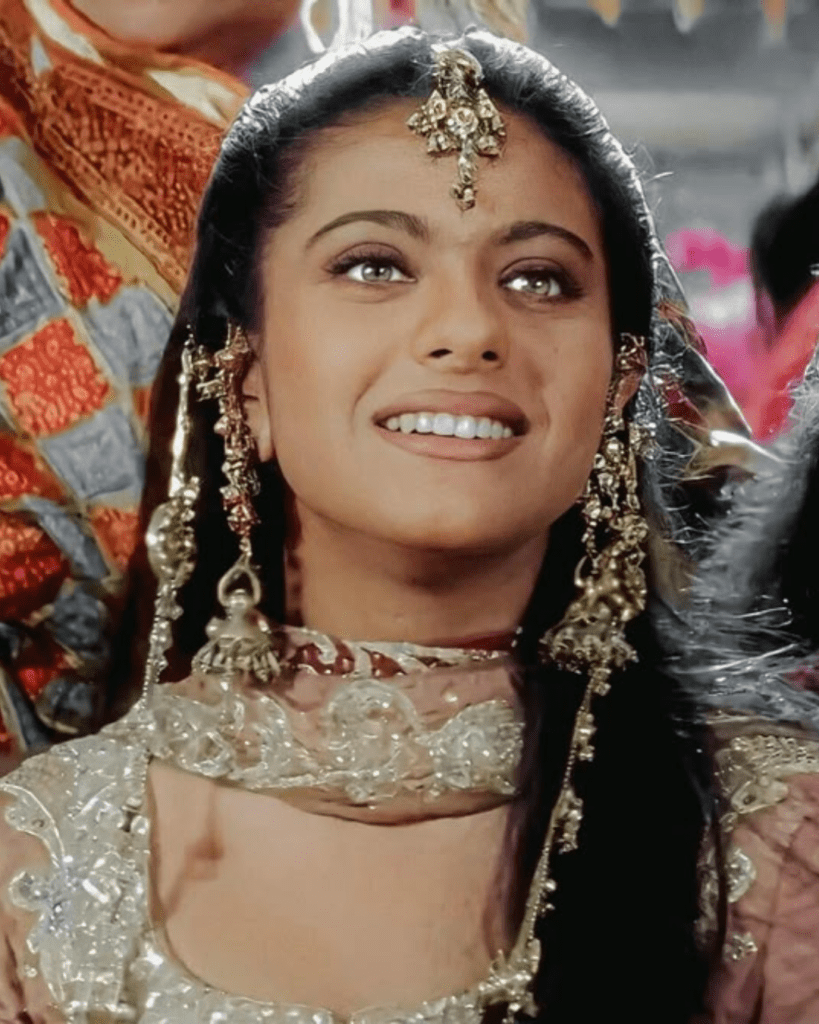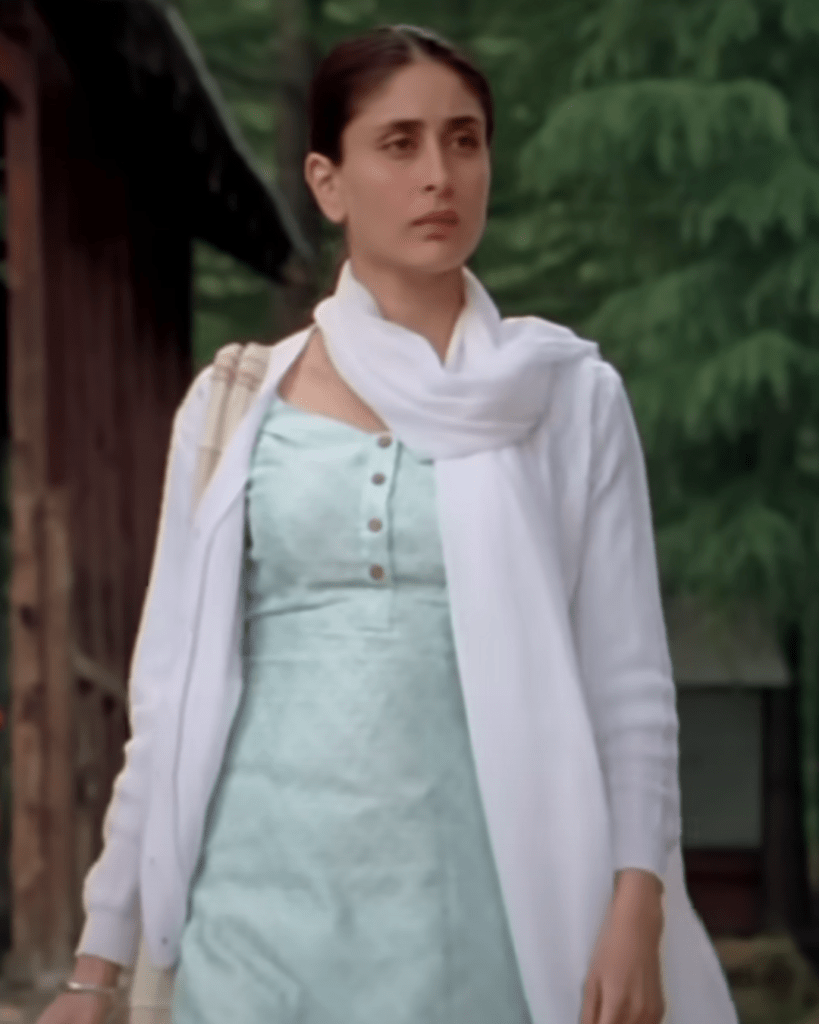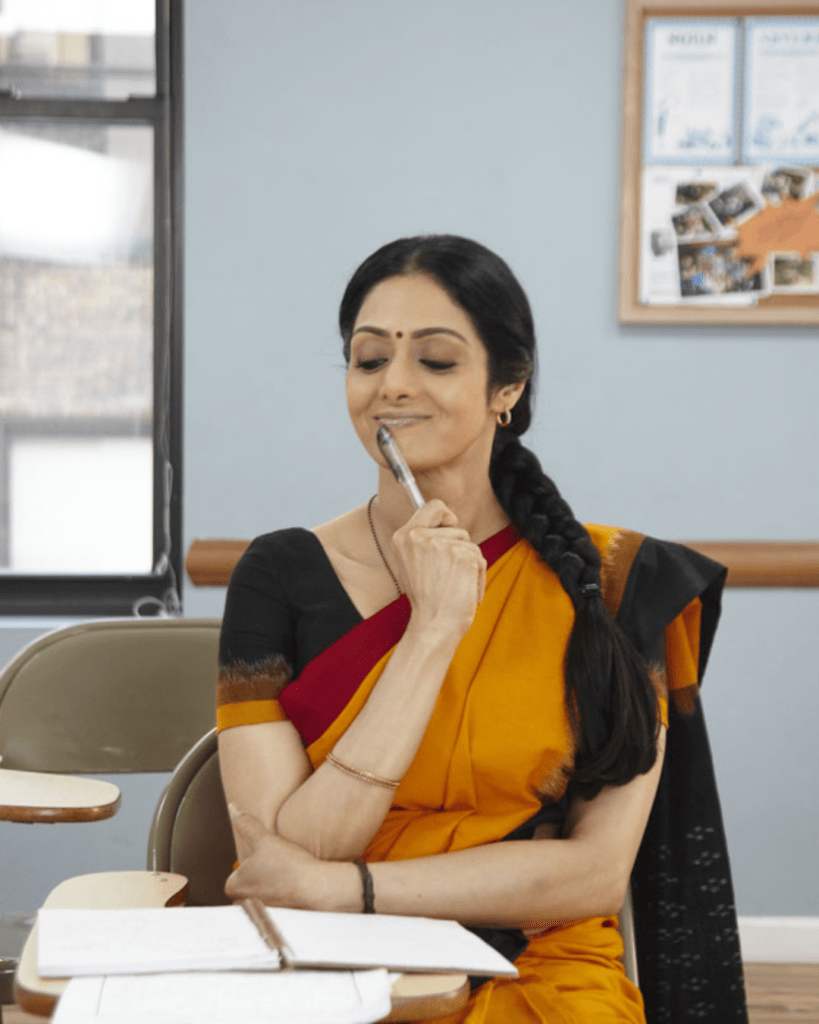From Item Numbers to Empowerment :
Has Bollywood Really Changed?
From the “Sushil Bahu-Betis” to the modern manic pixie dream girls , Bollywood has had its fair share of one dimensional women characters who exist just for the sake of the hero. Be it actors paired with actresses half their age or male centric storylines where women are nothing more than love interests. Or objectification of women through item numbers, it’s not hidden that the Bollywood industry has films largely made to cater to the male audience.


Be it films like Kuch Kuch Hota Hai where Anjali literally had to change her entire personality to be “noticed” by Rahul or Geet from Jab We Met whose life was devoid of any professional goals or aspirations. The stories are often told from a male perspective, sidelining female characters and disregarding their growth.
In Fact there are some tests which used to see if a film has good female representation or not
The Sexy Lamp Test
The sexy Lamp Test, is a test where if a female character is replaced by a sexy Lamp and the story stays the same then the movie has failed to represent its female character. Which basically means that the women in the film are existing for the sake of the hero. Many bollywood masala movies like Dabang, Rowdy Rathore, Kick, etc fail this test unsurprisingly. Even in movies where they are shown to be badass and cool, they serve as eye candy just for the sake of the male gaze.
The Bechdel Test
The Bechdel Test is a simple measure of female representation in fiction, primarily used for films. It asks: Does the film feature at least two named female characters who have a conversation that is not about a man? If all three criteria are met, the film passes the Bechdel Test. Successful movies like Dilwale Dulhania le Jayenge, Housefull, Kabir Singh all fail this test.
But these films were never going to pass these tests as nobody expects mainstream movies to live up to these standards but as soon as a film is marketed as progressive or female-oriented, the expectation changes.
The problematic depiction of women in Bollywood has surely been changing with women empowerment films like Pink, English Vinglish, Thappad, Mary Kom portraying women to have autonomy, showing that they are independent beings with a mind of their own but is this happening because we are actually progressing or because it helps the sales go up?
On one hand bollywood is coming up with women centric films where women are shown to be independent and capable but there are many films which fail to show their personal goals and professional aspirations. Take Rumi from ‘Manmarziyan’ for example or Tanu from ‘Tanu weds Manu’ they ultimately end up needing a man to save them and also end up reinforcing the archetype “Not like the other girls”. Movies like ‘Veere Di Wedding’ are very superficial and barely scratch the surface of female representation. There are movies like ‘Stree’ which ironically revolve around the life of a man. There are also instances where women are put on the pedestal, giving them the tag of a ‘superwoman’ who handles professional and domestic duties like a pro completely ignoring the fact that these responsibilities are not hers alone to manage.

The characters are either real-life figures and victims who seek justice or quirky, bold and relatable characters who aren’t too messy for their own sake. This is what is expected when a film is marketed as a female centric film or this is what we are made to expect. This marketing strategy is what reinforces a mold we are desperately trying to break out of.
In the name of women empowerment, biopics and stories about social issues and awareness are advertised because “women centric” films like these are the ones that actually sell. While these films are necessary, what we need to understand is that a very big chunk of life still remains unrepresented.
The very notion that these films have to be labeled as ‘female-led’ and ’empowering’ is extremely problematic as mainstream movies are always reserved for the male heroes. All the films in Bollywood have been ‘by men about men and for men’ and that itself is the definition of mainstream. A female led film is about the character being a ‘female’ and not just another character. The labelling is the part of the branding that makes sure that the audience watches the film as how could a movie about a woman be your normal blockbuster masala movie? Surely we have come far from where we were before but we still certainly have a long way to go. When we’ll be given a film about a character who happens to be female that is when true utopia would be achieved.
Thanks for reading, fr! Share if you like it enough. Follow us on Instagram & LinkedIn for more.
Articulated By Ruta Patil, 1st year Student at Media and communication, Fergusson College.


